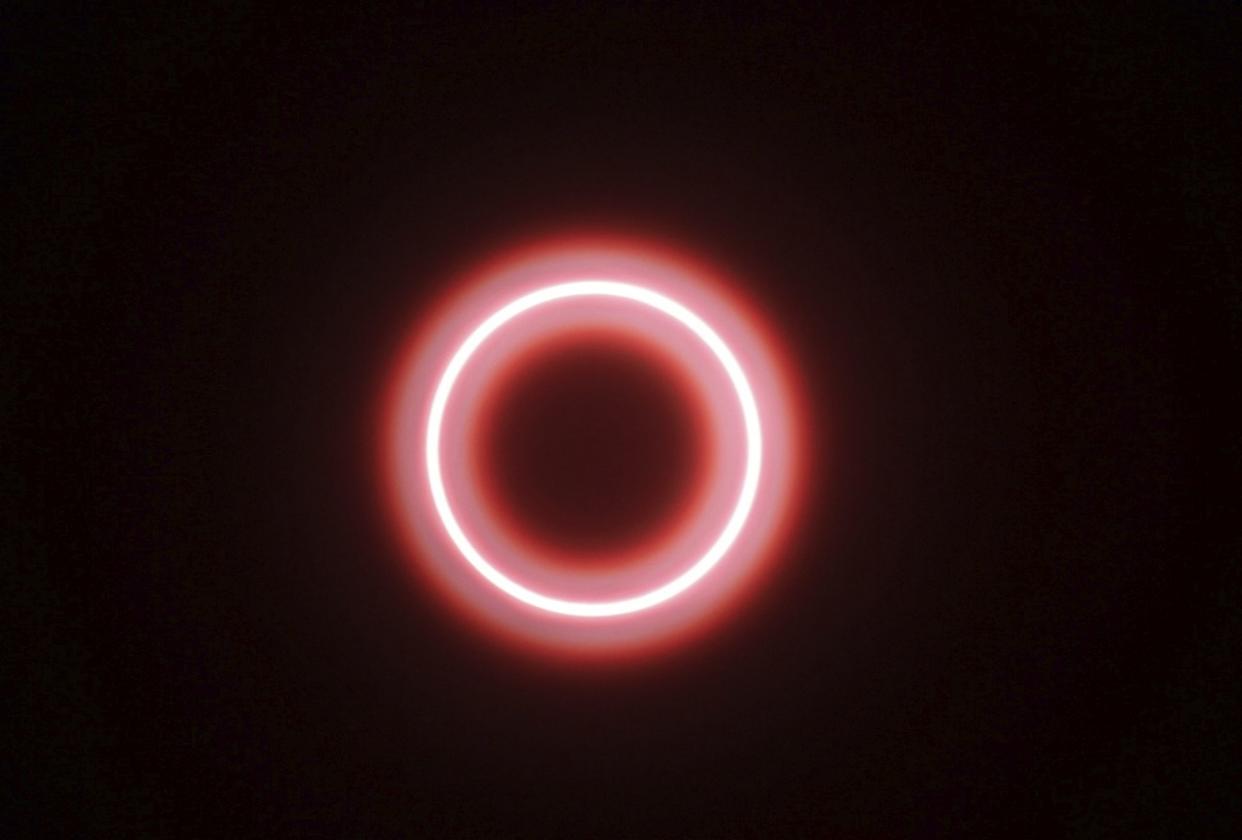‘Ring of fire’ solar eclipse 2021: How you can watch it
The highly anticipated lunar event dubbed the “ring of fire” solar eclipse is coming up on Thursday, and for all the sky-gazers, here’s how you can watch it unfold.
A solar eclipse happens when the main passes in front of the sun. When the moon fully crosses over in front of the sun, that is known as a total eclipse while a “ring of fire” aka annular eclipse occurs when the moon is close to its farthest point from Earth during an eclipse, leaving a ring-like shape around it from the sun.

The United States will only have partial visibility for the annual event. Those in northern sections of Canada, Europe, Russia, and Greenland will have full views of the eclipse according to Space.com.
The eclipse will begin at 4:12 a.m. EDT and it will start being visible at 5:49 a.m. EDT. The maximum eclipse will take place at 6:41 a.m. EDT and will last for just under four minutes.
For those that don’t live in the area to get a good glimpse of the event, webcasts will be made available for moon watchers to view the spectacle from the comfort of their home.
As with any solar event, astronomers are urging the public to take the necessary protocol and wear the proper protective eyewear when looking up.
In case you miss this “ring of fire” solar eclipse, NASA says that the next eclipse will be a total eclipse that will be visible from South Africa and Antarctica in December.
